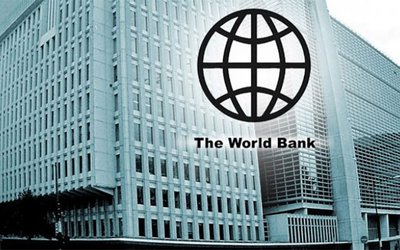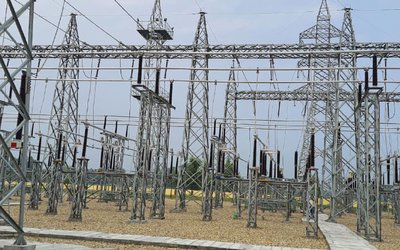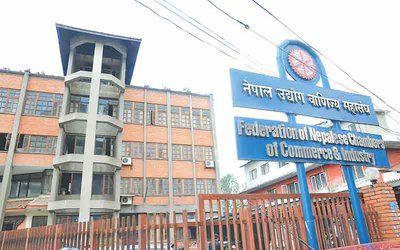With a directive from energy minister Janardan Sharma for Nepal Electricity Authority to sign the Power Purchase Agreement (PPA) with private power developers on the basis of 'take or pay', the private power producers have a reason to rejoice -- they had been demanding this for a long time.
NEA and IPPs sign most of the PPAs under the take and pay. According to this decision, NEA can take the power as per the demand of grid. As most of Nepal’s hydropower projects are run-off-the-river, they generate excessive energy during the wet seasons when NEA’s own power plant and its subsidiary generate power in full capacity.
If the power demand cannot go up during the wet season, NEA has to shut down its own power to purchase the power supplied by private producers. This new directive of Minister Sharma will add the financial burden to Nepal Electricity. However, IPPs have reason to rejoice as their excessive energy will also converted into money.
“As the demand of electricity goes up, there is the need to encourage the private sector to invest in hydropower. Take or pay will provide additional benefits to the private sector, luring them to invest in hydropower,” said minister Sharma.
NEA signed the PPA for take and pay earlier expecting to see the completion of Upper Tamakoshi by 2017 July and surplus power in the grid during rainy season. However, it is now postponed to another one year due to the delay in the construction caused by the earthquake.
Take and Pay dispatchable electricity under which NEA has choice but NEA has to pay money under take or pay and this is non-dispatchable. This is mandatory. It will provide full grantee to producer,” said energy reporter of Naya Patrika daily Sachin Gautam.
“Now onwards, NEA will sign Power Purchase Agreement (PPA) with energy projects on ‘take or pay’ basis to encourage private investors in the country’s hydropower sector,” said Sharma, launching an online portal to seek the commitment for hydropower investment. Under the take and pay basis, private sector parties were wasting the energy worth millions of rupees during the rainy season.
“The Ministry will now not engage itself in power projects with capacity of less than 100 megawatts (MW). By doing so, the government aims to draw private investment in power projects below 100 MW,” said minister Sharma.
Similarly, the government also announced Rs five million VAT exemption for each megawatt of electricity generated by power producers. On announcing VAT exemption, minister Sharma opined that this would increase investor confidence in hydropower sector of the country. He further said that MoE is lobbying to bring down the interest rate on loans disbursed to the hydropower sector to five per cent.
The country's demand of electricity is 1,721 megawatt and energy demand-supply gap stands at 781 MW, said Sharma. “ Our study has shown that Nepal requires 50,000 MW electricity by 2040 in Nepal.”
A study carried out by the Water and Energy Commission predicted that the calculation of the electricity demand is based on the rise of electricity demand by 15 per cent every year. Sharing the information about the study, Minister Sharma further said by 2020, the demand for electricity in the country would rise to 6,814 mega watt.
The projection is based on the economic growth of 7.2 percent which Nepal must achieve to graduate to a developing country status from LDC. Water and Energy Commission also proposes to look for other energy forms in addition to hydropower.
As per a report of the Water and Energy Commission, the country requires 1,721 MW of electricity. "We need to add 20 per cent more to this demand. Projects in Nepal are generating 600 MW at present, while import from India stands at 340 MW. In four years, as per the report, the demand for electricity will soar to 6,800 MW. The demand will climb to 10,800 MW by 2025."
As Nepal’s energy demand is growing, the country’s power sector relies on the imports from India. At a time when most of the private sector’s projects are run-off types, how NEA will manage the electricity under the 'take or pay' system remains to be seen.

Keshab Poudel
Poudel is the editor of New Spotlight Magazine.
- FM Dr. Deuba’s India Visit: Mission Aborted
- Mar 26, 2025
- AMBASSADOR MAEDA TORU: Warm Regards
- Mar 24, 2025
- PRO-MONARCHY MOVEMENT: Rising Dissatisfaction
- Mar 23, 2025
- Dr. PRABIN MANANDHAR: Person With Humility
- Mar 16, 2025
- US SUSPESION OF GRANT: Impact On Nepal
- Mar 10, 2025














